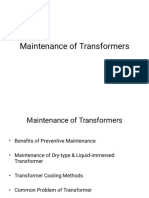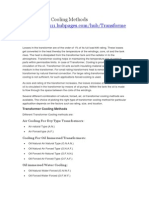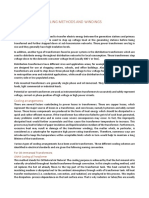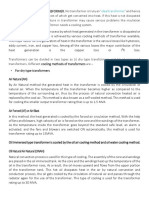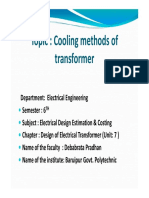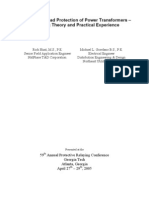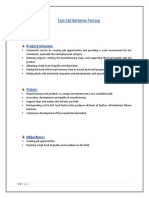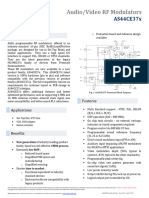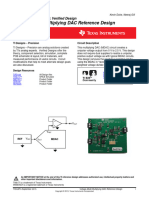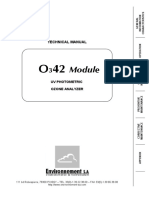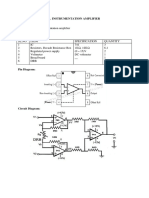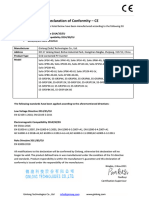0% found this document useful (0 votes)
28 views33 pagesCooling and Parallel Operation (EEE Machine Part)
The document discusses the parallel operation and cooling methods of transformers, highlighting the reasons for using multiple transformers in parallel, such as load requirements and reliability. It outlines essential conditions for parallel operation, including matching voltage ratios and impedances, and details various cooling methods for both dry and oil-immersed transformers. Additionally, it explains different cooling classifications and methods, emphasizing the importance of effective heat dissipation to prevent transformer failures.
Uploaded by
mehmetmilccCopyright
© © All Rights Reserved
We take content rights seriously. If you suspect this is your content, claim it here.
Available Formats
Download as PDF, TXT or read online on Scribd
0% found this document useful (0 votes)
28 views33 pagesCooling and Parallel Operation (EEE Machine Part)
The document discusses the parallel operation and cooling methods of transformers, highlighting the reasons for using multiple transformers in parallel, such as load requirements and reliability. It outlines essential conditions for parallel operation, including matching voltage ratios and impedances, and details various cooling methods for both dry and oil-immersed transformers. Additionally, it explains different cooling classifications and methods, emphasizing the importance of effective heat dissipation to prevent transformer failures.
Uploaded by
mehmetmilccCopyright
© © All Rights Reserved
We take content rights seriously. If you suspect this is your content, claim it here.
Available Formats
Download as PDF, TXT or read online on Scribd
/ 33











